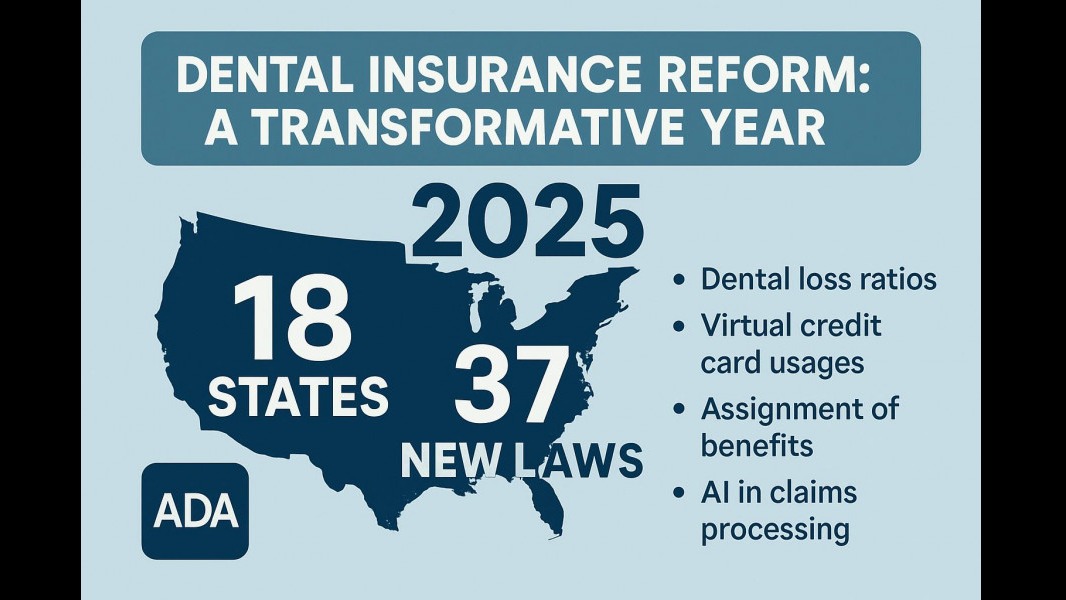
Understanding the Pay Landscape for Dental Assistants
Dental assistants play a crucial role in the healthcare infrastructure, particularly in dental practices where they support dentists and ensure smooth patient experiences. However, recent data reflecting pay discrepancies across various states calls into question the financial sustainability and attractiveness of dental assistant positions in the current market.
Which States are Experiencing Declining Salaries?
According to data from the Bureau of Labor Statistics, nine states have reported a decline in average annual salaries for dental assistants from 2024 to 2025. Notably, Delaware and Hawaii are at the forefront, with salaries dropping from $49,040 to $47,110 and from $42,960 to $42,130, respectively. This trend raises concerns for professionals in states like Iowa, Massachusetts, and New Hampshire, which also witnessed minor reductions.
The impact of such declines can ripple through various aspects of a dental practice, potentially affecting recruitment, retention, and overall patient care. Examining these trends closely is essential for practitioners like Dr. Emily Johnson, who aim to foster a rewarding work environment for their employees while maintaining financial viability in their practices.
Economic Factors Behind Salary Declines
Several economic factors could be influencing these declines. For instance, the rising cost of living in certain areas may not be aligning with wage increases, causing salaries to stagnate or decrease. The fluctuations in the demand for dental services due to changing patient behaviors post-pandemic also significantly contribute, pushing practices to adjust employee compensation.
In this regard, the performance of dental practices amidst economic fluctuations can vary widely, with some areas suffering more than others. Understanding these dynamics provides context for the salary adjustments dentists need to make to maintain a competitive edge in the employment market.
Supporting Dental Assistants: What Can Be Done?
As the statistics reveal a worrying trend, it becomes paramount for practice owners to explore measures that enhance compensation structures and job satisfaction for dental assistants. Offering competitive pay is only one aspect; incorporating benefits such as flexible working hours, continuous education opportunities, and a positive work environment can significantly improve employee morale and retention.
Moreover, collaboration with dental associations and educational institutions may pave the way for establishing standardized pay scales that reflect the region’s cost of living and industry standards, thus ensuring that dental assistants feel valued and supported.
A Contrasting Perspective: States with Increased Salaries
Interestingly, while some states see declines, forty states report an increase in the average annual salaries for dental assistants. This juxtaposition speaks volumes about regional economics and dental practice management. Understanding the policies and strategies implemented in states where salaries are rising can yield actionable insights for those in states experiencing declines.
Furthermore, identifying the factors contributing to higher wages in certain areas, such as improved state funding for healthcare practices or a surge in population, can serve as a blueprint for regions struggling with salary stagnation.
Conclusion: Navigating the Future of Dental Assisting
Assessing pay trends and economic factors will undoubtedly shape the future of dental assisting roles. For practitioners like Dr. Emily Johnson, understanding these insights serves not only as a reflection of current industry standards but also a guide to making informed decisions regarding staffing and salary structures. As the dental profession evolves, adapting to the changing landscape will be essential for fostering a thriving practice that prioritizes both employee satisfaction and patient care.
By delving deeper into these salary trends, dental professionals can engage in proactive measures to enhance working conditions, thereby ensuring the sustainability of not only their practices but also the well-being of their dedicated teams.
 Add Row
Add Row  Add
Add 




Write A Comment